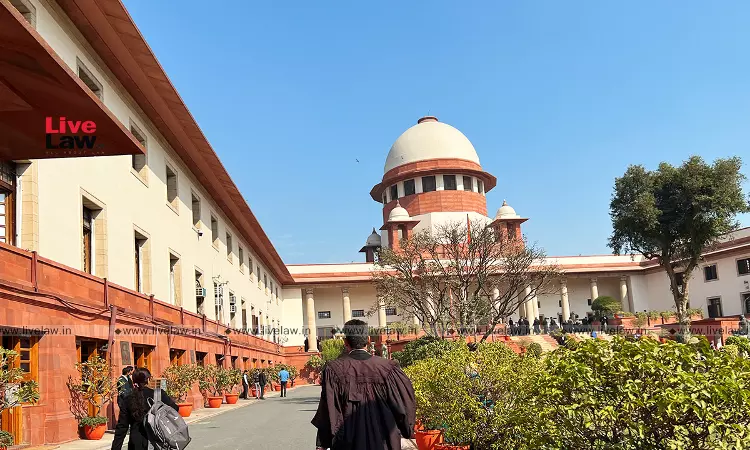Supreme Court Refuses To Entertain PIL Seeking Installation Of CCTV Cameras In All Vehicles
Padmakshi Sharma
28 July 2023 7:33 PM IST

Next Story
28 July 2023 7:33 PM IST
The Supreme Court on Friday refused to entertain a Public Interest Litigation (PIL) seeking to direct the Union to frame guidelines for installation of CCTV cameras in all vehicles across the country. The PIL also requested the implementation of Section 136-A of the Motor Vehicles Act, which requires the installation of body cams and dash cams in public vehicles. The bench, comprising Justice...
